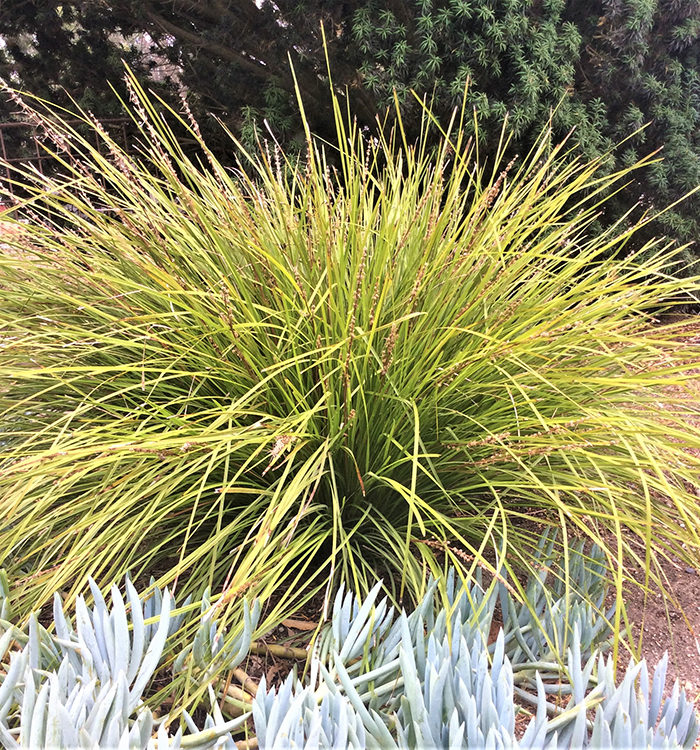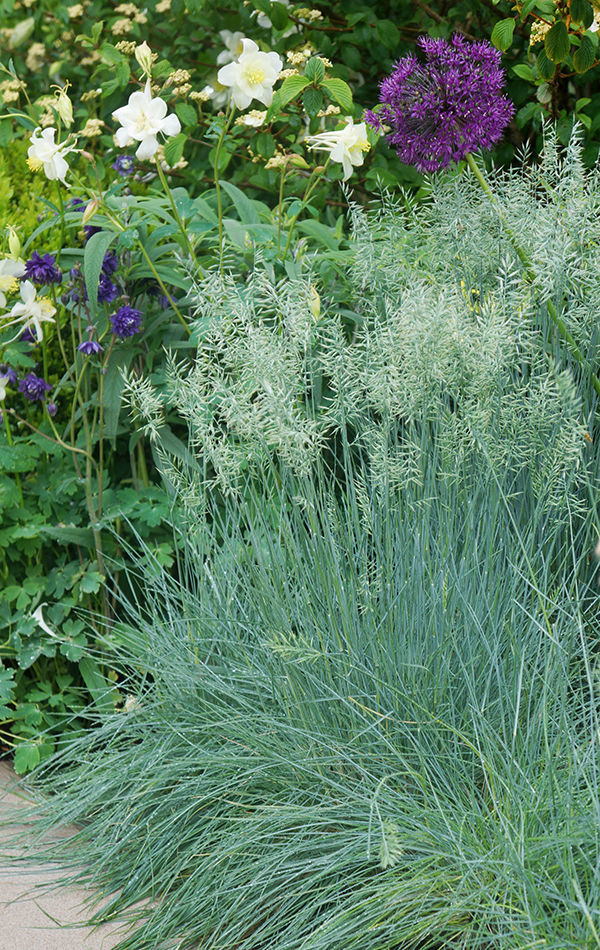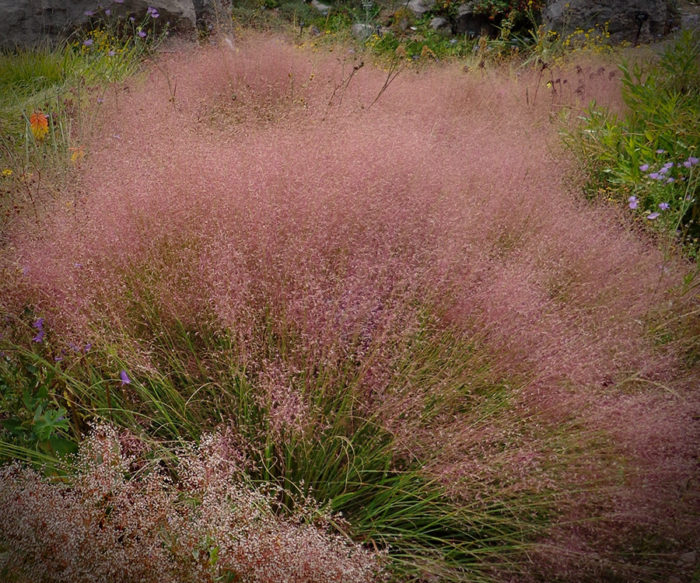When it comes to creating a beautiful and sustainable landscape, few elements can compete with the allure of decorative grasses. As someone who loves to spend weekends planting and nurturing my garden, I’ve discovered the magic of drought-tolerant decorative grass. Not only do they add visual interest to any garden or landscape, but they also provide a low-maintenance solution for water conservation—especially vital in regions facing drought.
What is Drought Tolerant Decorative Grass?
Drought tolerant decorative grass refers to various grass species that thrive in arid conditions, requiring minimal water once established. These plants are perfect for gardeners looking to create beautiful outdoor spaces that are both eco-friendly and easy to manage.
Benefits of Using Drought Tolerant Decorative Grass
1. Water Efficiency
One of the most significant advantages is their low water requirements. They are ideally suited for xeriscaping, a landscaping method designed to reduce water usage.
2. Low Maintenance
These grasses typically require less maintenance than traditional lawns, reducing the need for mowing, fertilization, and pesticide use.
3. Aesthetic Appeal
Drought-tolerant grasses offer unique textures and colors, adding depth and interest to your landscape throughout different seasons.

4. Erosion Control
These grasses can help prevent erosion on slopes and in areas with poor soil, establishing roots that hold the soil in place.
Popular Drought Tolerant Decorative Grasses
There are numerous types of drought-tolerant decorative grasses to choose from. Here are some of the most popular options:

1. Blue Fescue (Festuca glauca)
| Feature | Details |
|---|---|
| Height | 12-18 inches |
| Spread | 12-24 inches |
| Color | Steel blue |
| Sun Exposure | Full sun |
| Soil Type | Well-drained |
2. Pennisetum alopecuroides (Fountain Grass)
| Feature | Details |
|---|---|
| Height | 2-3 feet |
| Spread | 2-4 feet |
| Color | Green with fluffy seed heads |
| Sun Exposure | Full sun to partial shade |
| Soil Type | Well-drained |

3. Miscanthus sinensis (Maiden Grass)
| Feature | Details |
|---|---|
| Height | 4-6 feet |
| Spread | 2-4 feet |
| Color | Tall green blades that turn golden in the fall |
| Sun Exposure | Full sun |
| Soil Type | Adaptable; prefers fertile, well-drained |
4. Sporobolus heterolepis (Prairie Dropseed)
| Feature | Details |
|---|---|
| Height | 2-3 feet |
| Spread | 2-3 feet |
| Color | Light green and golden hues |
| Sun Exposure | Full sun |
| Soil Type | Poor, dry soils |

Selecting the Right Drought Tolerant Grass for Your Garden
Choosing the right species for your garden depends on several factors:
1. Climate
Ensure the grass can thrive in your local climate. Some grasses are more suited to cooler climates, while others prefer the heat.
2. Soil Conditions
Conduct a soil test to determine pH and nutrient levels. This will help you choose the most compatible grass for your garden’s soil.

3. Maintenance Requirements
Some grasses may need more care than others, including trimming or dividing every few years. Consider how much time you can dedicate to maintenance.
Personal Experience: My Journey with Drought Tolerant Grasses
When I decided to dive into drought-tolerant gardening, I initially felt overwhelmed by the variety of options. After researching and consulting with local nurseries, I chose to plant blue fescue and fountain grass. The transformation in my backyard was stunning! The vibrant colors and textures of the grasses brought life to areas that were previously dull and lifeless.

Planting and Caring for Drought Tolerant Decorative Grass
1. Planting Tips
Follow these steps for successful planting:
- Choose a location that receives adequate sunlight based on the grass type.
- Prepare the soil by loosening it with a garden fork and adding organic matter.
- Space your plants according to their expected full-grown size to prevent overcrowding.
- Water thoroughly after planting, allowing the soil to settle around the roots.
2. Watering Guidelines
While these grasses are drought-tolerant, initial watering is crucial. The first few weeks after planting are vital for establishing strong roots:
- Water deeply once a week until fully established.
- After establishment, reduce watering to once every few weeks depending on rainfall.
3. Fertilization and Soil Care
Most drought-tolerant grasses thrive in poorer soils, so fertilization isn’t always necessary. However, if you want to maximize growth:
- Use a slow-release fertilizer once in spring.
- Mulching can help conserve moisture and suppress weeds.
4. Pruning and Maintenance
Regular maintenance ensures your decorative grasses maintain their shape and health:
- Cut back dead foliage in late winter or early spring.
- For larger grasses, consider dividing clumps every 2-3 years to promote new growth.
Pros and Cons of Drought Tolerant Decorative Grass
| Pros | Cons |
|---|---|
| Minimal water requirements | May not thrive in overly wet conditions |
| Low maintenance | Some varieties require periodic division |
| Attractive and diverse selection | Limited selection compared to traditional grass |
| Helps with erosion control | Can be susceptible to pests if not managed |
FAQs about Drought Tolerant Decorative Grass
1. What are the best drought-tolerant grasses for full sun?
Some excellent options include blue fescue, miscanthus, and fountain grass, which all thrive in full sun conditions.
2. How much water do drought-tolerant grasses need?
Newly planted drought-tolerant grasses may require weekly watering for the first month. Once established, many only need watering during prolonged dry spells.
3. Can I mix different types of drought-tolerant grass?
Yes! Mixing various types can create a dynamic landscape. Just ensure they have similar care requirements to simplify maintenance.
4. How do I know if my grass is drought-tolerant?
Research the specific grass type or ask at your local nursery. Look for descriptors such as “xeriscape,” “drought-resistant,” or “low water needs.”
Conclusion
Drought-tolerant decorative grasses are an excellent choice for anyone looking to create a sustainable and visually appealing garden. With their vibrant colors, low maintenance needs, and ability to conserve water, these grasses can transform any outdoor space into a lush paradise. Start your journey today and enjoy the beauty and benefits they bring to your landscape!